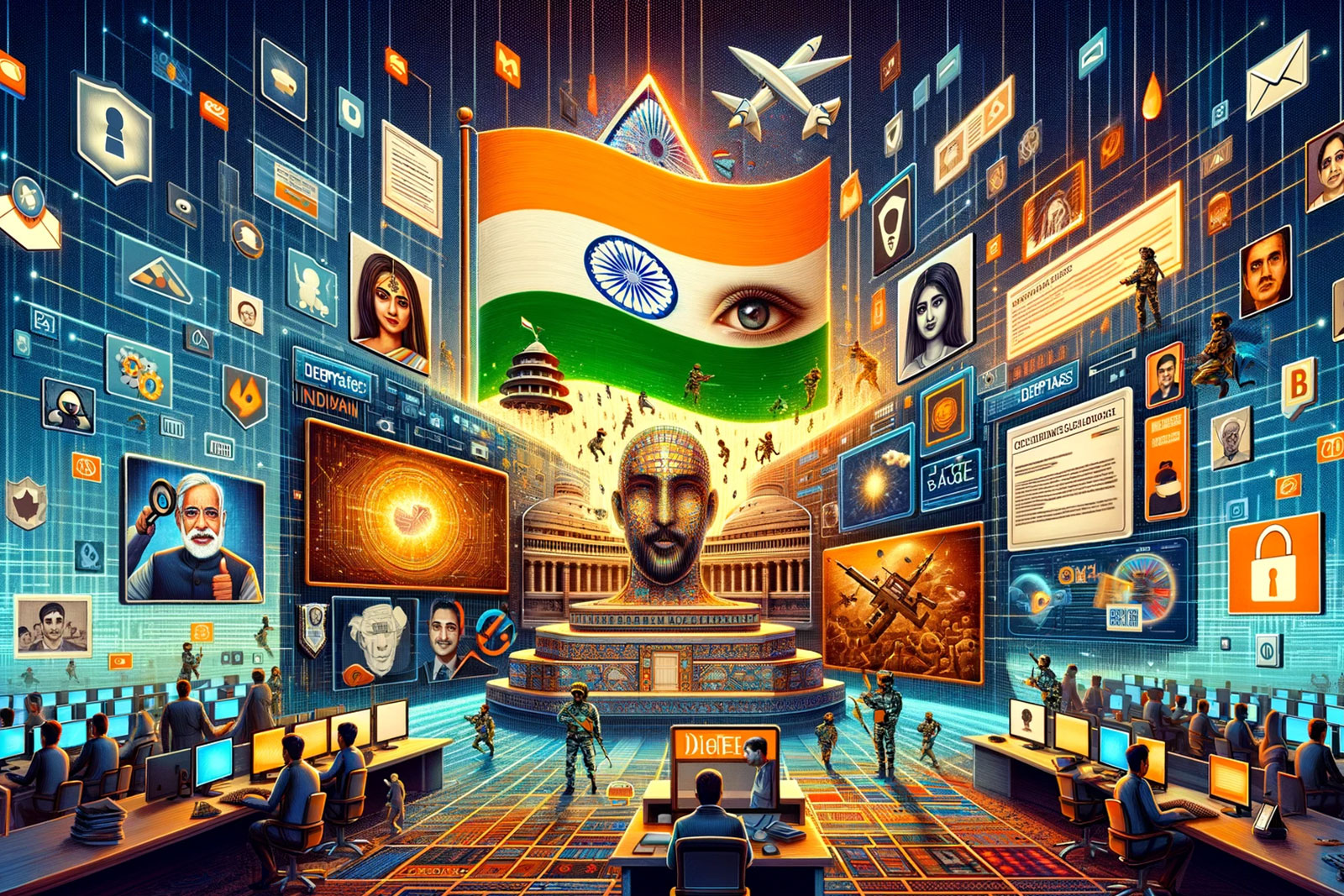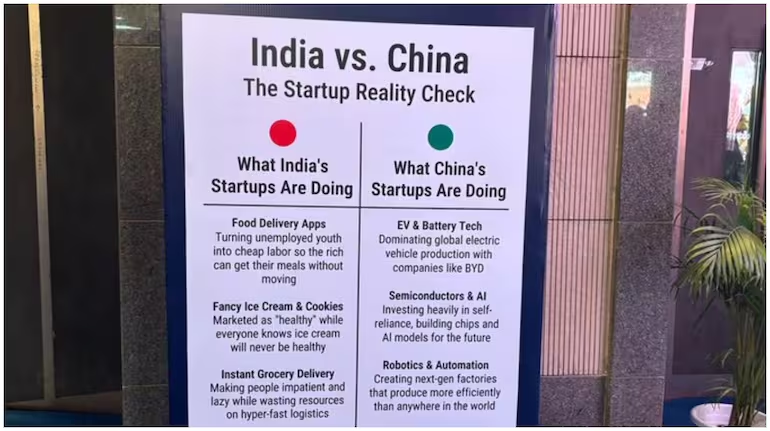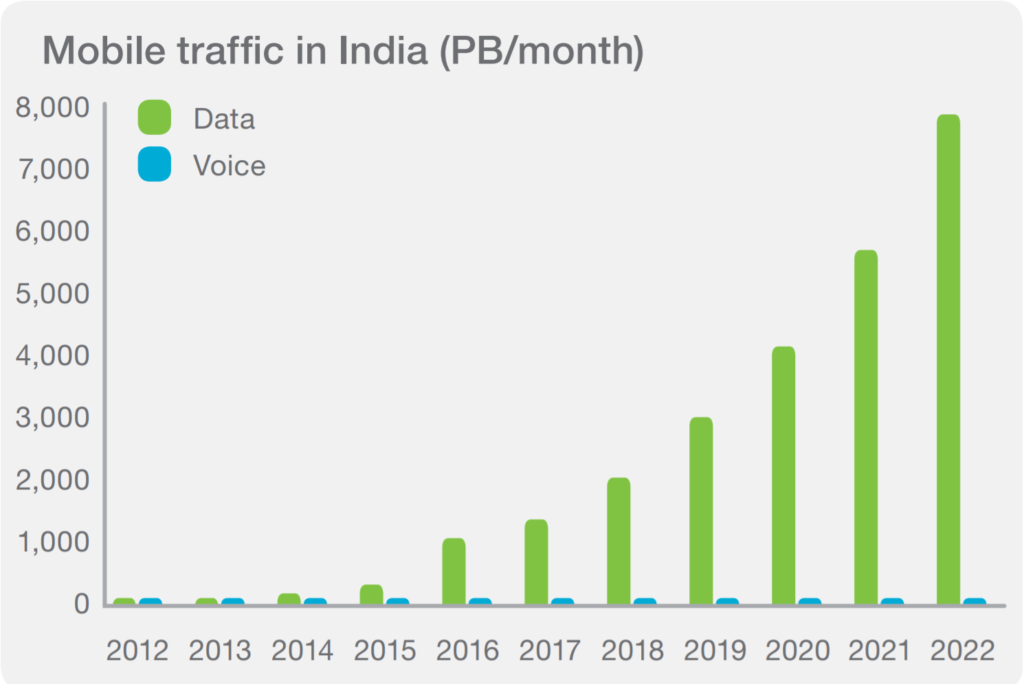
Introduction: Why It Matters
The proliferation of deepfake technology has raised significant concerns globally, with India being no exception. Recognizing the potential threats posed by malicious synthetic media, the Indian government has urged social media platforms to implement stringent measures to detect and prevent the spread of deepfakes. This initiative aims to safeguard users from misinformation and protect the integrity of digital content.
Detailed Analysis
Deepfakes are AI-generated media that can convincingly alter images, videos, or audio recordings, making it challenging to distinguish between authentic and manipulated content. The Centre’s advisory highlights the following key points:
- Detection Mechanisms: Social media platforms are encouraged to develop and deploy advanced algorithms capable of identifying deepfake content in real-time.
- User Awareness: Platforms should educate users about the existence and dangers of deepfakes, promoting critical evaluation of online content.
- Collaboration: A call for increased cooperation between tech companies, government agencies, and independent researchers to stay ahead of evolving deepfake technologies.
Impact & Insights
The government’s proactive stance underscores the seriousness of the deepfake threat in India’s digital landscape. By urging social media platforms to take action, the Centre aims to:
- Protect Democratic Processes: Prevent the use of deepfakes in misleading political campaigns or election interference.
- Safeguard Individual Reputations: Reduce the risk of personal harm caused by fabricated media targeting individuals.
- Maintain Social Harmony: Curb the spread of divisive or inflammatory content designed to incite unrest.
Experts believe that while technological solutions are vital, fostering media literacy among users is equally important. Encouraging critical thinking and verification of information can empower individuals to navigate the digital realm more safely.
As deepfake technology continues to evolve, a multi-faceted approach involving technology, policy, and education will be essential in mitigating its potential harms.



